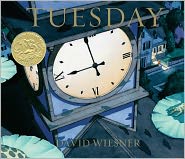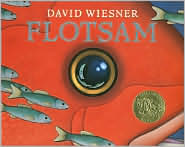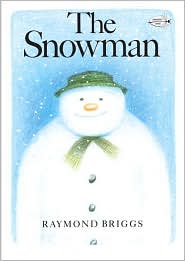Are reading books, preparing lesson plans, and doing activities are most important things for children’s literacy? I think those are important, however, sometimes children learn literacy from themselves as they have critical thinking. When I read Chapter 3 of the book, Negotiating Critical Literacies With Young Children, I was surprised and smiled because I could see that the children were learning real thing from the real world. The chapter 3 was about there is a boy, Curtis and he wanted to go French Café which was just for older students who were attending in French class at his school. Therefore, he decided to agreements from his classmates, Junior Kindergarteners, and Senior Kindergarteners for going the café next year. He and his classmates started to make petition letter and Speaker’s Corner tape. In this part, I realized that the teacher just did not help them go to the café; however, she supported children’s ideas.
“Children need opportunities to learn the relationship between the circulation of knowledge through language use and the power associated with certain forms of language (p. 96).” We often observe that young children say, “It’s mind” even thought things are not belonged to them. As children have a concern about French café, they will learn problem solving, consequences, collectivism, how to change their social position with reasonable ways, and how to address their feeling about things that they thought it was not fair. Children will create opportunities for changing and when it works, they will get full sense of accomplishment. Having this kind of real experience is very important for children’s literacy because they will learn interaction, communication and more professional language skills. Before the children had this issue, they might had no idea what the word, “petition” means but as they do that, they learned what it is with full of understanding.
As I mentioned above, in my opinion, like the book, teacher would better step back from children and just observe what they are going to do. If they seem they need some helps, teachers can support children’s idea.
Maria , V. (2004). Negotiating critical literacies with young children. (1 ed., p. 96). Lawrence Erlbaum Associates, Inc.



dad.png)







